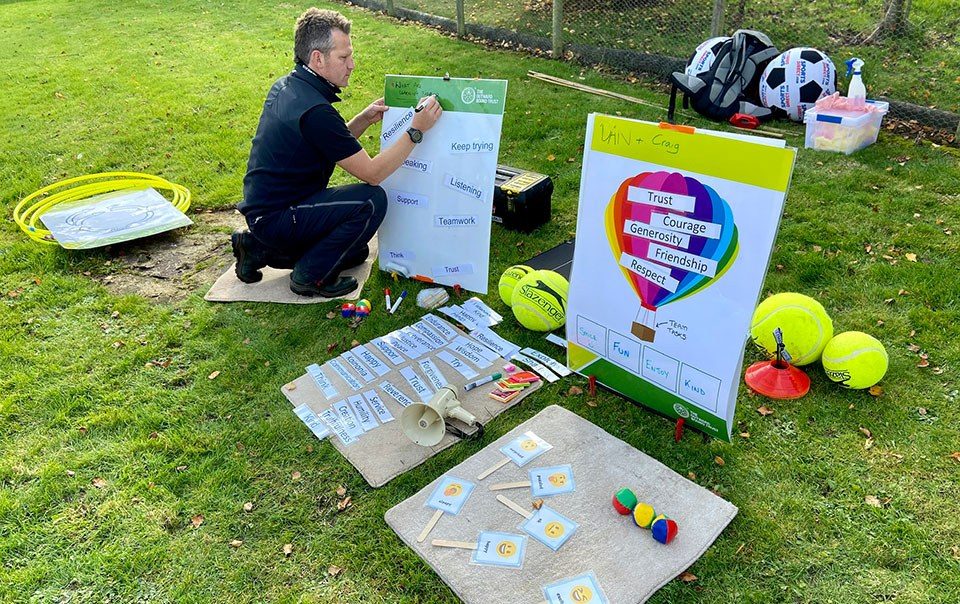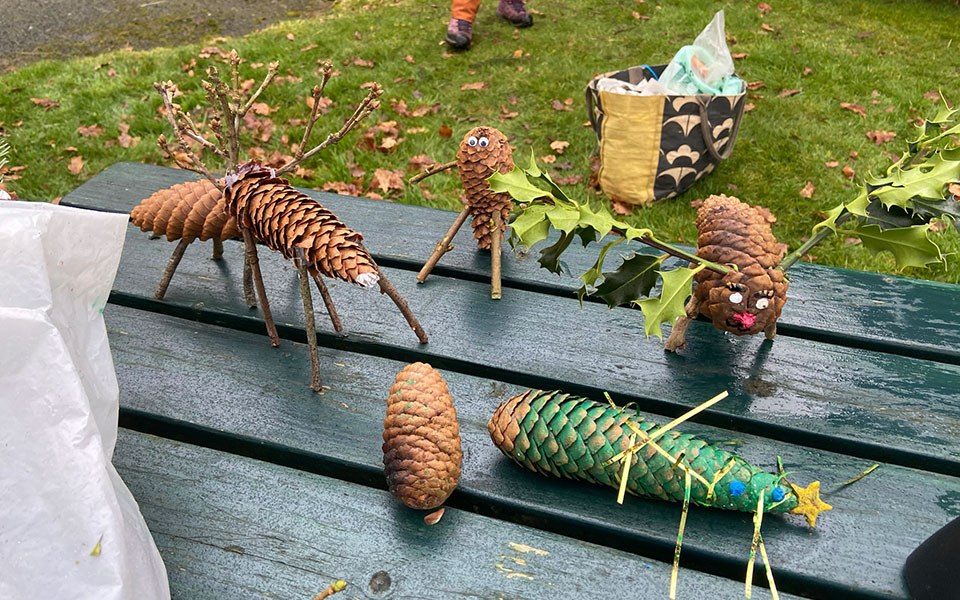Our top five tips for delivering adventures in-school
Throughout the pandemic and the restrictions on residentials last year, we learnt a lot about bringing adventures in-school and saw first hand the difference this can make to improve engagement in learning.
We also know that outdoor learning in-school also has many wider benefits, both for individuals and the class as a whole. It improves team working, problem solving, communication and self-esteem. It boosts physical and mental health. And it's a brilliant way to encourage a lifelong love of nature. So although our instructors are now back in centre. Here are our top tips for bringing the outdoors into school.

1. Plan. Outdoor learning in-school can be successfully used to deliver your current curriculum plan and be embedded in what you do. With a little forward planning, and collaboration with other staff in the school, the activities you do can be linked to themes (cross-curriculum) and ideas you’re already planning. Think of outside as an extra classroom. A simple shelter or tarp and some A1 laminates can works wonders to help you feel like it’s an additional teaching space. If you can get the support from another teacher or teaching assistant for your outdoor session that will be helpful too. Also remember to do a risk assessment, you might already have something for PE on the sports field that could be adapted.
2. A little bit of kit goes a long way. Ask parents to bring in hats, wellies and waterproofs for their children, or allocate a small budget for the school to provide some. Que classic outdoor instructor quote ‘There is no such thing as bad weather only the wrong clothes’. Being warm dry and comfortable is right up there in terms of ensuring it feels like fun and the children keep engaged.
3. Warm up. Let’s be honest, for the majority of the year in the UK going outside and immediately standing around for a while leaves you feeling cold and make you feel like you’d rather be back indoors. So before you start trying to get stuck into the learning activity do a little warm up. Play an interactive game for 10mins and make sure there is plenty of running around. Many of our schools loved playing ‘Fishy, fishy, fishy’ it’s a bit like Tag in the Sea.
To play this game you designate one player to be a shark (the shark can move anywhere in the playground) then all the children have to run from one end of the playground to the other without getting caught by the shark. If you get caught you turn into funky seaweed and must stand on the spot *(dancing like seaweed) trying to catch everyone else. The shark shouts “fishy, fishy, fishy come and swim in my sea, the children shout “sharky, sharky sharky you can’t catch me. The last fish is the winner of the game.
4. Resources. There are lots of great outdoor learning resources you can use, so you definitely don’t need to start from scratch or be worried that you’re not really sure what activities to do outside. Some helpful starting points are for links to some of our worksheets:
- Comfort zone worksheet - to help pupils understand how to push outside their comfort zone.
- Goal setting worksheet - to help pupils focus on your personal goals whilst at Outward Bound.
- My skills wall worksheet - to help pupils to identify skills they need to develop.
Here are also some links to great resources from other organisations:
- Council for Learning Outside the Classroom: a selection of online resources from a range of organisations.
- Learning through Landscapes: free outdoor learning ideas and outdoor lesson plans, ideal for curricular led outdoor learning.
- GetOutside: founded by Ordnance Survey, to help more people to get outside more often, they have a range of guides with inspiration for activities outdoors.
- Ordnance Survey: have free resources for teachers, especially related to geography and maps.
- Woodland Trust: free resources to help teachers deliver engaging and memorable outdoor learning.
5. Have the confidence to give it a go. You’re a great teacher indoors so you can do it outside. And if it doesn’t work then it doesn’t matter. Just simply being outside and getting some fresh air does a lot to improve everyone’s well-being.


